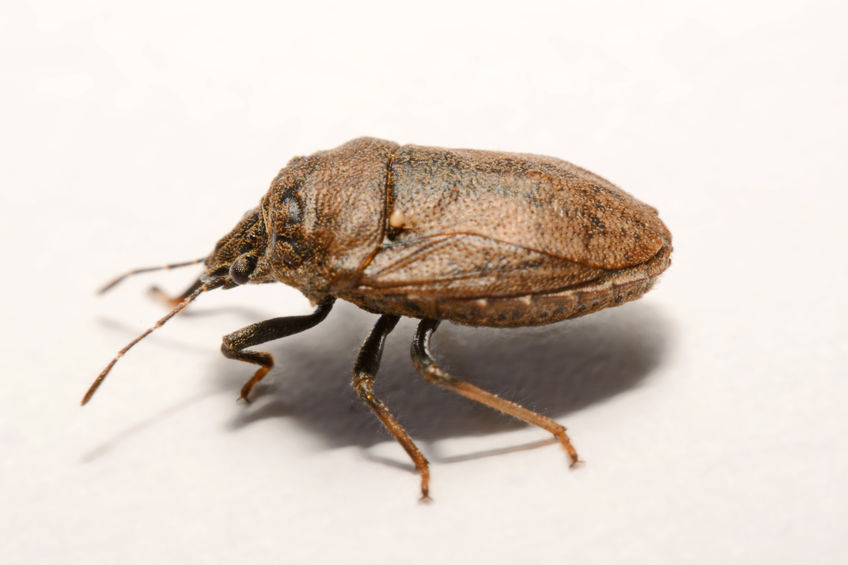Invasive insects are considered the most problematic type of insect pest. If a house or building becomes infested with termites, bed bugs or any other type of insect pest, a pest control professional can simply eradicate the infestation, as the modern pest control industry has numerous high-tech and advanced methods for locating and killing unwanted pests within a structure. However, invasive insect populations in the wild, such as the brown marmorated stink bug, cannot be easily eradicated in regions where they have become established; instead, their populations only grow larger in number. For example, in order to eradicate invasive populations of Formosan subterranean termites in areas of Louisiana where they have become established, the US Federal Government enacted a program that aimed at eradicating their invasive populations. This program, which cost hundreds of millions of dollars, started in the late 90s and ended in 2013; and although Formosan termite numbers dropped significantly for a time, they quickly re-established all of their unnatural habitats in the US. Since then it has been acknowledged by experts that these invasive termites cannot be eradicated from areas where they have already become established. Unfortunately, the Formosan termite is not unlike any other invasive species, as invasive insects simply cannot be wiped out once they have established a foothold in a particular area. Luckily, the recent and long-lasting cold front that swept the midwest and east coast over the winter may have seen one of the most economically costly invasive insect species wiped out.
The polar vortex that covered the midwest and east coast may have wiped out one of the most hated invasive insect species in America–the brown marmorated stink bug. These insects are pests to homes, buildings and the natural environment. Invasive stink bug infestations within homes are a fact of life for people living on the east coast. One family’s home was invaded by 20,000 stink bugs, and these heavy infestations are not uncommon in the region. But researchers from Virginia Tech believe that the polar vortex wiped out 95 percent of stink bugs that failed to find shelter in homes and buildings for the winter. Sadly, insect pests like cockroaches and bed bugs survived the polar vortex, as these insects are resistant to frigid temperatures.
Do you believe that stink bug populations will rebound this coming spring?

